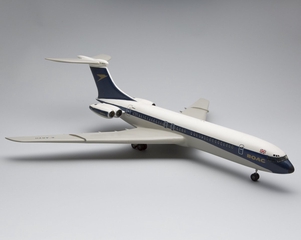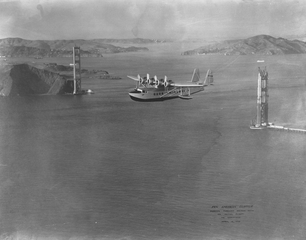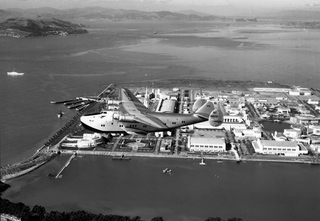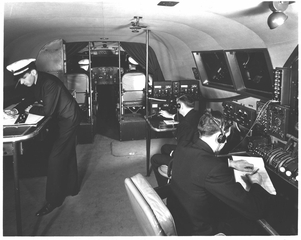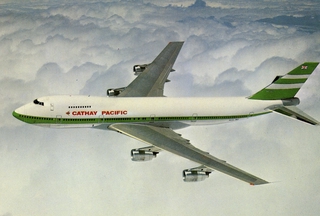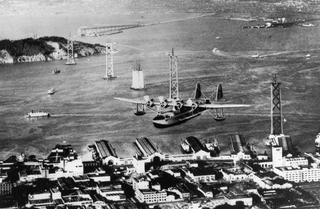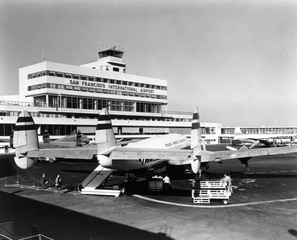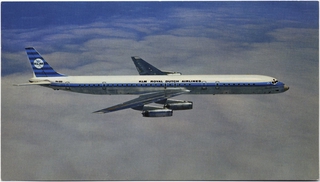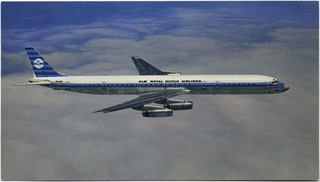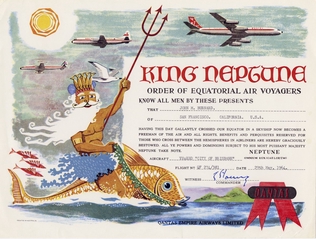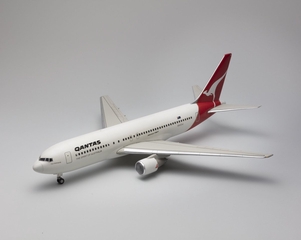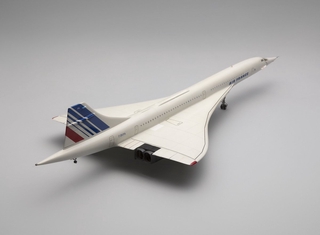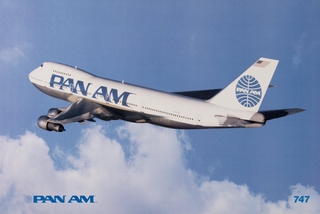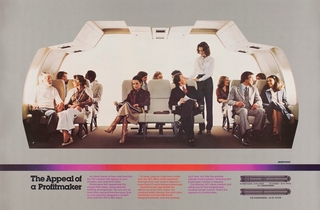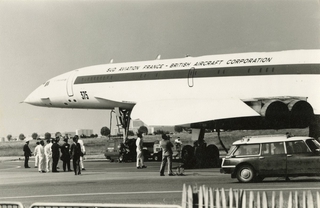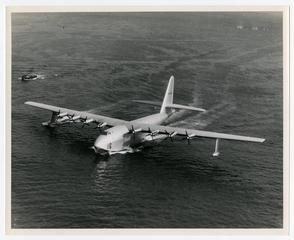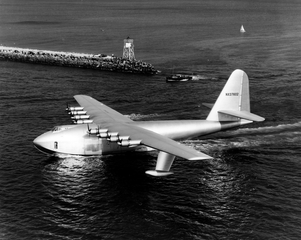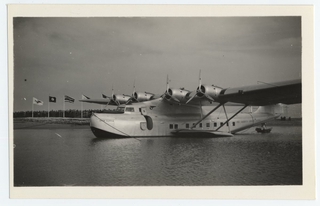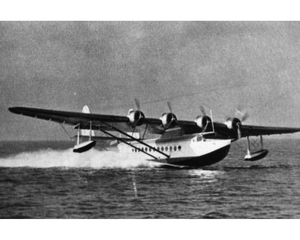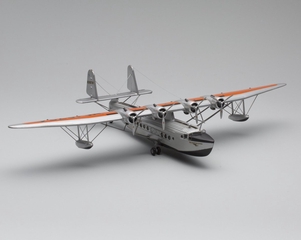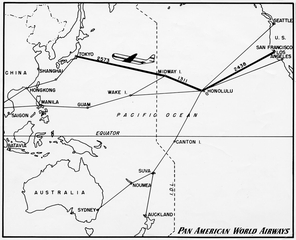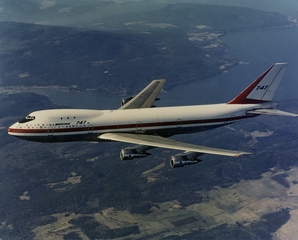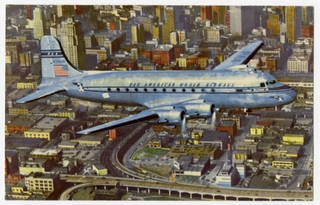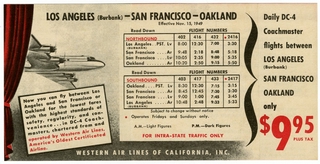Search results for transoceanic
that are a tweet
See all the search results for this query
#OnThisDay in 1962, the #Vickers VC10 took off on its maiden flight. The VC10 was similar in size and capacity to the #Boeing 707 and Douglas DC-8. It was developed for #transoceanic routes as well as to operate from short runway airports. #AviationEvolutions
This tweet was posted on June 29, 2018.
#Onthisday in 1899, Igor Siskorsky was born in Kiev (Kyiv) in modern day Ukraine. One of the most important early Sikorsky aircraft, the S-42, was developed to meet #PanAm’s requirement for a trans-oceanic flying boat. Shown here is the Pan Am Clipper S-42 in flight in 1935.
This tweet was posted on May 25, 2019.
#Onthisday in 1938, Pan American Airways signed a ten-year lease for a base at Treasure Island. In 1935, Pan Am inaugurated the world’s first transoceanic service with service to Asia from its base at Alameda on San Francisco Bay, then moved to Treasure Island in 1939. #avgeek
This tweet was posted on August 22, 2019.
#PanAm pioneered the multiple flight crew concept for transocean transports. Six areas of need called for a cross-trained crew of up to ten.
This tweet was posted on July 03, 2017.
Hong Kong-based Cathay Pacific Airways waited for the extended-range 747-200 and received its first delivery in 1979. With a range of nearly 7,000 miles, the new aircraft were capable of providing nonstop service on most transoceanic routes. #WingWednesday
This tweet was posted on August 18, 2021.
In 1923, Igor Sikorsky founded the #Sikorsky Aero Engineering Corporation. The S-42, was developed to meet #PanAm's requirement for a large, long-range, trans-oceanic flying boat. Shown here is the Pan Am Clipper S-42 in flight over SF in 1935. https://t.co/MPq52tNOXk #avgeek
This tweet was posted on October 16, 2019.
Introduced in 1951, the Lockheed L-1049 Super Constellation was an enhanced-range, stretched upgrade of the L-049 Constellation and was designed primarily to compete on transoceanic routes with the Douglas DC-6. #WingWednesday #avgeek
This tweet was posted on May 26, 2021.
KLM Royal Dutch Airlines purchased a large fleet of the DC-8-63 and operated them though the 1980s. The airliner was reliable, comfortable, and ideal for the carrier’s transoceanic, world routes. #AviationEvolutions
This tweet was posted on January 18, 2018.
KLM Royal Dutch Airlines purchased a large fleet of the DC-8-63 and operated them though the 1980s. The airliner was reliable, comfortable, and ideal for the carrier’s transoceanic, world routes. #AviationEvolutions
This tweet was posted on February 22, 2019.
On transoceanic flights, certificates were given to passengers celebrating an equatorial crossing. Here is one example from our collection.
This tweet was posted on May 28, 2017.
The #767 was the first two-engine widebody airliner to be produced by #Boeing. A smaller widebody airliner than the 747, the 767 had a capacity between 200 and 300 passengers and the range for most transoceanic routes. #AviationEvolutions
This tweet was posted on November 30, 2018.
The #Concorde was the first successful transoceanic supersonic airliner. On January 21, 1976 Air France launched its Concorde SST (supersonic transport) service between Paris and Rio de Janeiro. #AviationEvolutions
This tweet was posted on March 11, 2018.
The 1970s was a watershed decade in the development of large-capacity airliners. Pan American World Airways introduced the much-anticipated transoceanic “widebody” Boeing 747 in 1970. #ByTheBook
This tweet was posted on September 03, 2019.
The 767 was the first two-engine widebody airliner to be produced by Boeing. It was designed to be a smaller widebody airliner than the 747, with a capacity for 200-300 passengers and the range for most transoceanic routes. #WingWednesday
This tweet was posted on September 22, 2021.
The Concorde SST (supersonic transport) was the first successful transoceanic supersonic airliner—although the Soviet Tupolev Tu-144 was the first supersonic airliner to be introduced. Developed as a joint endeavor between the governments of Great Britain & France. #WingWednesday
This tweet was posted on September 15, 2021.
The Hughes H-4 Hercules flying boat, also known as the #SpruceGoose, was the largest all-wood airplane built and was designed as an ultra-large, transoceanic military transport for use during World War II. It was intended to transport as many as 750 troops. #WingWendesday
This tweet was posted on December 01, 2021.
The Hughes H-4 Hercules flying boat, known as the “Spruce Goose,” was designed and built by the Hughes Aircraft Company as an ultra-large, transoceanic military transport for use during WWII. The massive flying boat remains the largest all-wood airplane built. #WingWednesday
This tweet was posted on May 05, 2021.
The Martin Model 130 flying boat was designed to meet #PanAm's requirements for a long-range, transoceanic aircraft to cross the expanse of the Pacific. It had a clean, aerodynamic design and was equipped with “sea wings” for buoyancy, instead of sponsons. #WingWednesday #AvGeek
This tweet was posted on March 03, 2021.
The Sikorsky S-42 was developed to meet requirements of #PanAm president Juan Trippe for a large, long-range, trans-oceanic flying boat. Designed by Igor Sikorsky, with input from Charles Lindbergh, it could carry a crew of 4 and 32 passengers up to 1,200 miles. #WingWednesday
This tweet was posted on February 17, 2021.
The Sikorsky S-42 was developed to meet the requirements of Pan American Airways’ president Juan T. Trippe for a large, long-range, trans-oceanic flying boat. #AviationEvolutions
This tweet was posted on August 18, 2018.
The aircraft’s four 28-cylinder Pratt & Whitney radial engines enabled the Stratocruiser, as its name asserted, to cruise in the stratosphere at over 300 miles per hour. With a range of just over 4,000 miles, the B-377 was ideally suited for transoceanic routes. #WingWednesday
This tweet was posted on May 12, 2021.
The first wide-body jumbo-jet to be introduced, the Boeing 747 revolutionized long-distance, transoceanic commercial aviation and set the standard for all other wide-body designs that followed. #WingWednesday
This tweet was posted on August 18, 2021.
With its long range and capacity of up to eighty-six passengers, the DC-4 was crucial to advancing trans-ocean commercial aviation in the immediate postwar era. #AviationEvolutions
This tweet was posted on December 26, 2018.
With its long range and capacity of up to eighty-six passengers, the DC-4 was crucial to advancing trans-ocean commercial aviation in the immediate postwar era. #WingWednesday #AvGeek
This tweet was posted on April 07, 2021.

